Case Number : Case 2464 - 12 December 2019 Posted By: Saleem Taibjee
Please read the clinical history and view the images by clicking on them before you proffer your diagnosis.
Submitted Date :
7 year old boy. Shave of lesion on mid back ?pyogenic granuloma


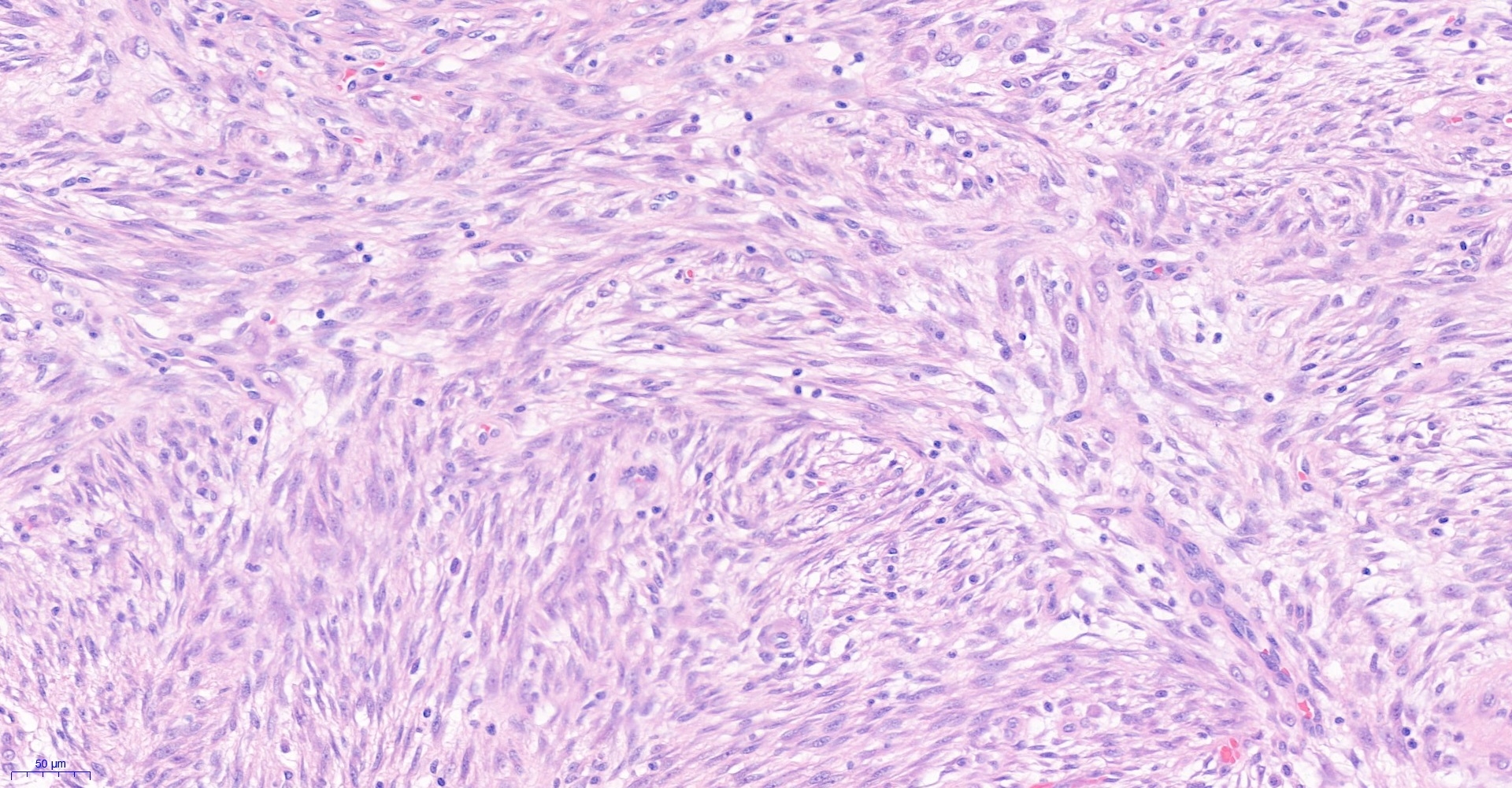
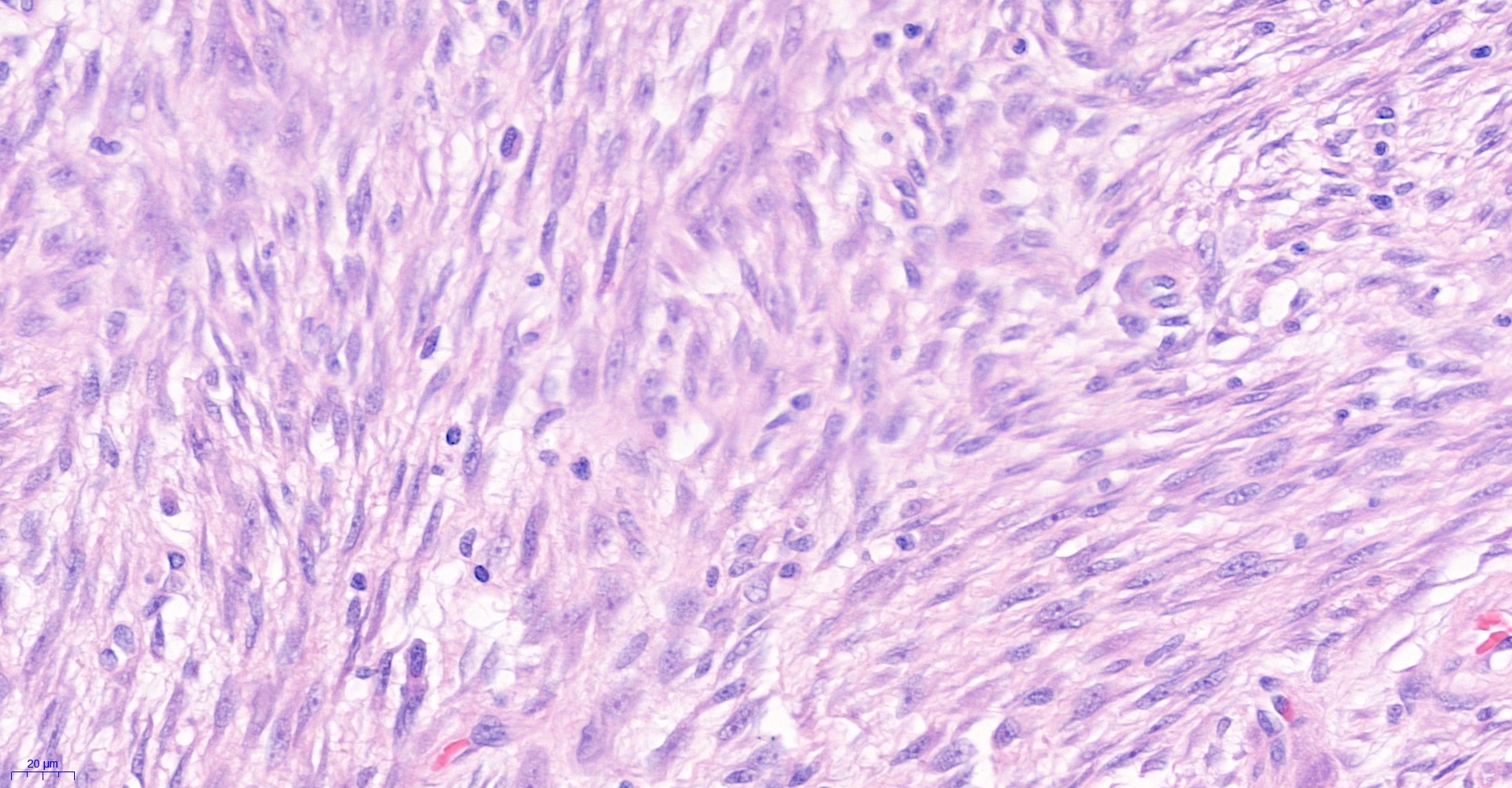

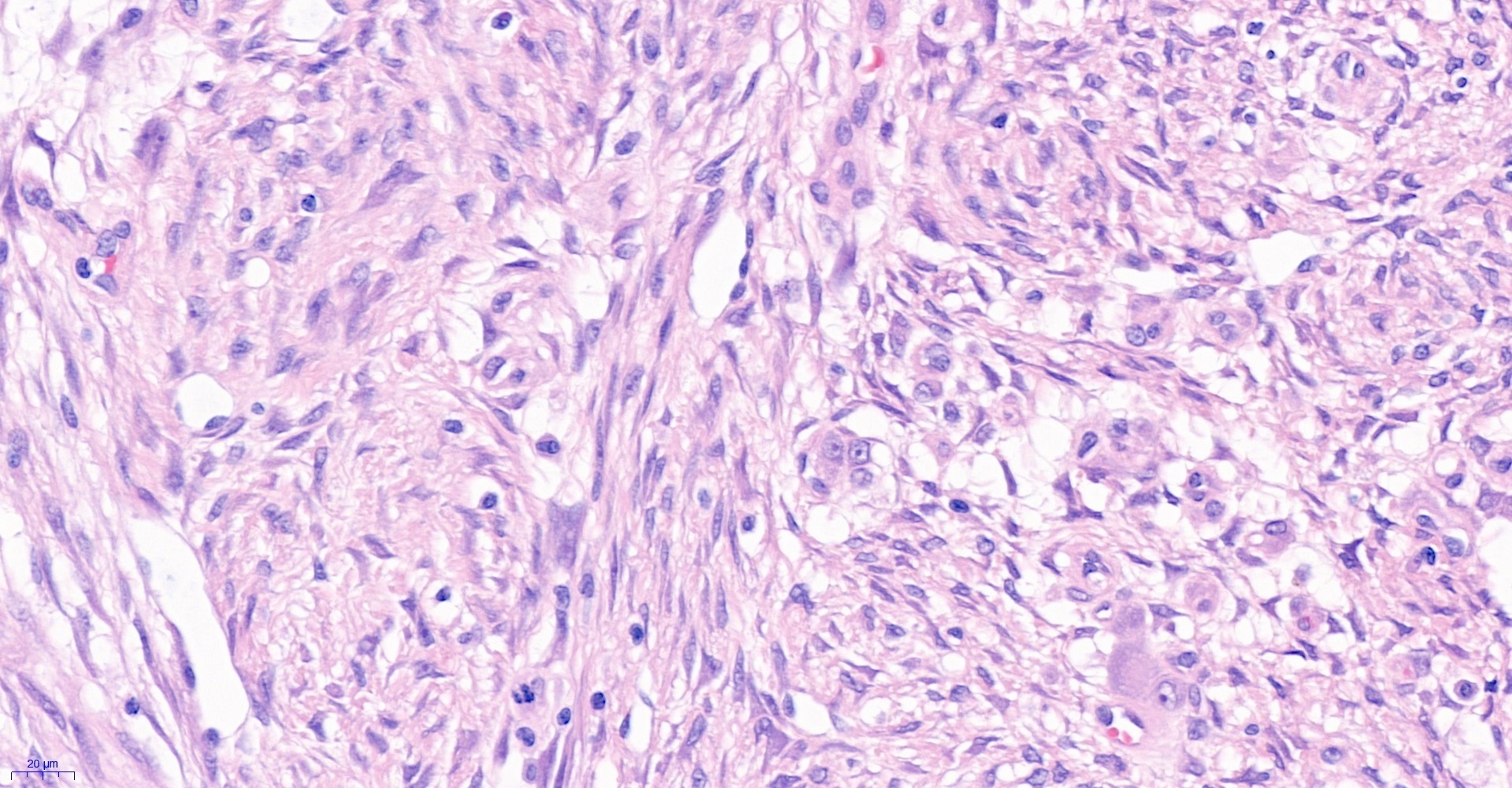
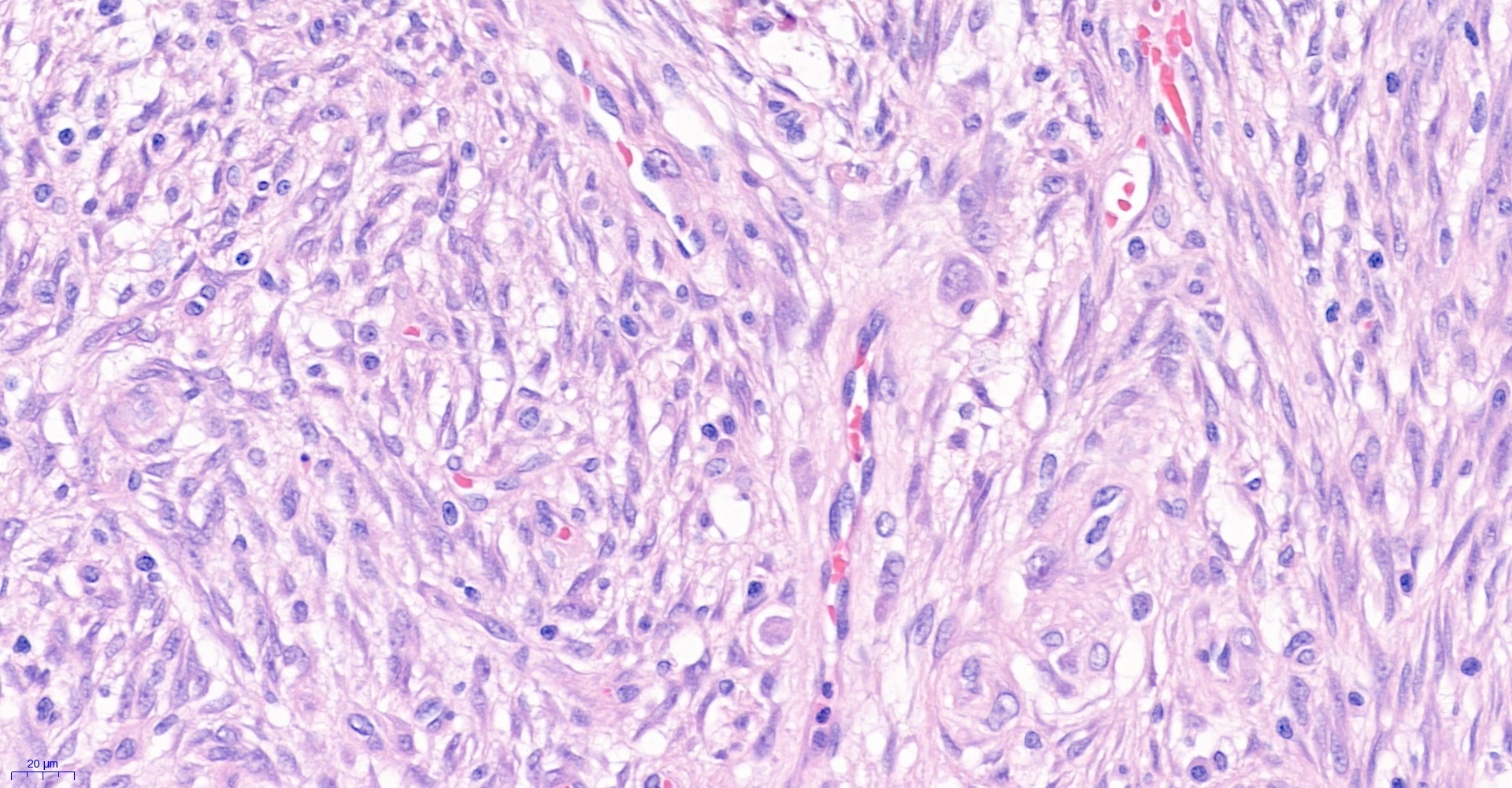
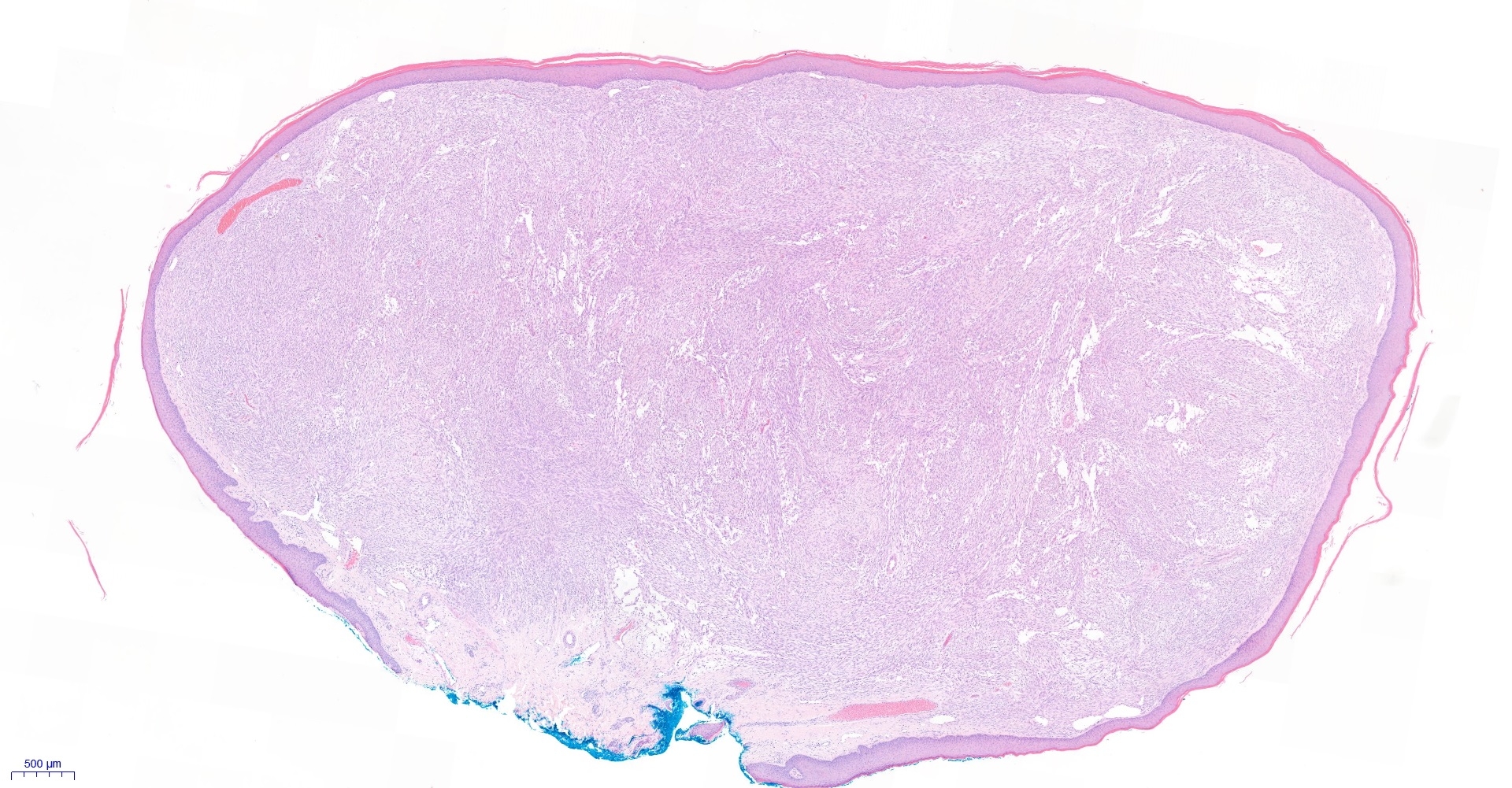
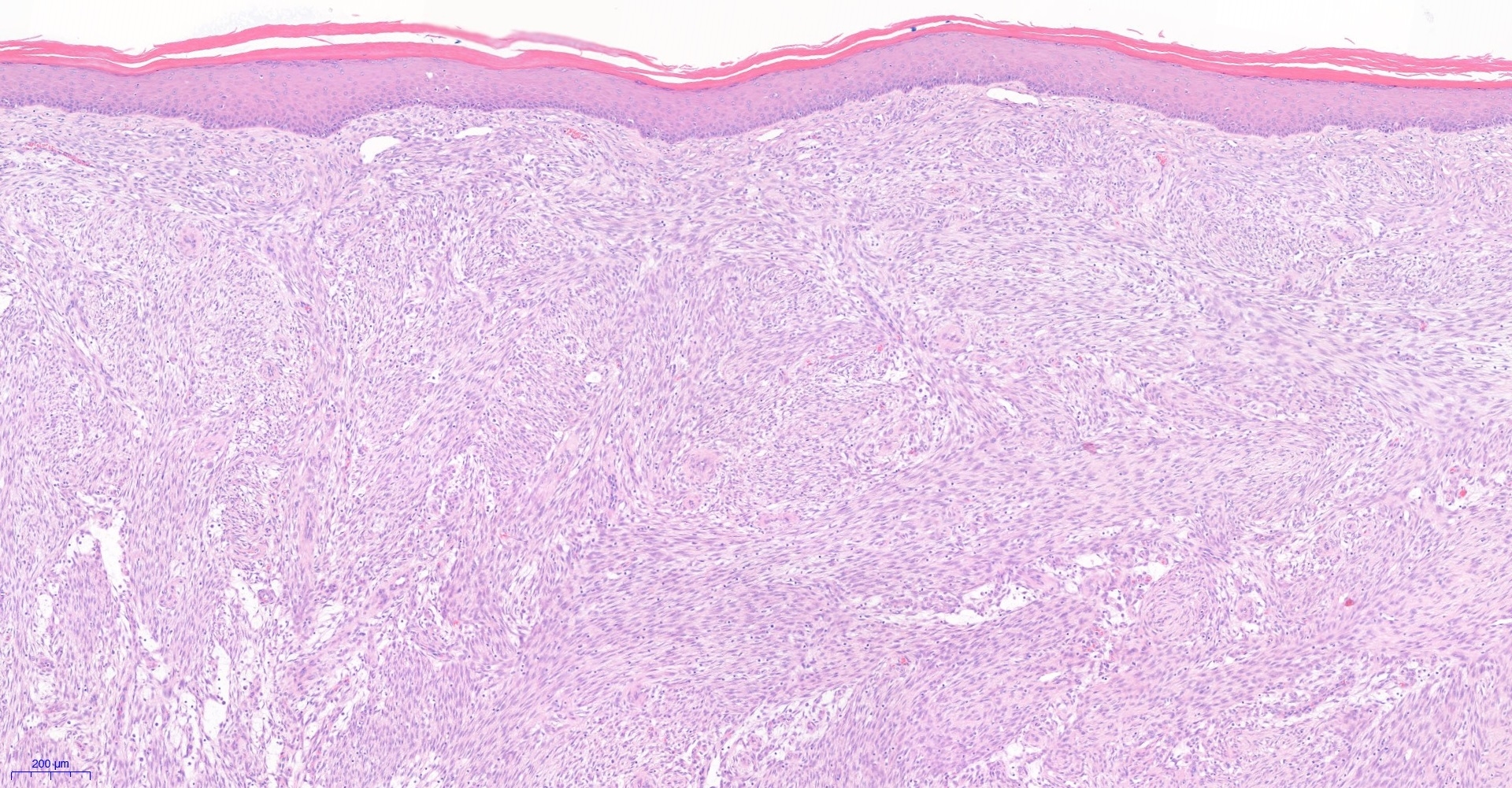
Join the conversation
You can post now and register later. If you have an account, sign in now to post with your account.